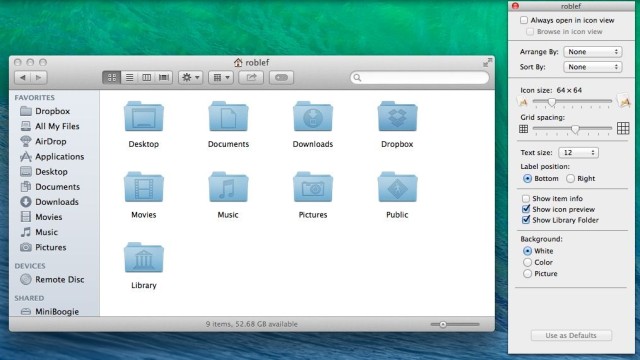The Cocoa interface to speech recognition in macOS.
- Mac Os Library Speech Examples
- Mac Os Library Speech Software
- Mac Os Library Speech Free
- Mac Os Library Speech Pdf
- Mac Os Library Speech Download
- Mac Speech To Text
Framework
- AppKit
Tech — Five ways to slim down your Mac OS X install Ars shows you how to minimize your Mac OS X installation footprint to make the Erica Sadun - Nov 6, 2008 1:50 am UTC. Speech recognition is just one of the macOS speech technologies. The speech synthesis technology allows applications to “pronounce” written text in U.S. English and over 25 other languages, with a number of different voices and dialects for each language ( NSSpeech Synthesizer is the Cocoa interface to this technology).
Declaration
Overview
NSSpeechRecognizer provides a “command and control” style of voice recognition system, where the command phrases must be defined prior to listening, in contrast to a dictation system where the recognized text is unconstrained. Through an NSSpeechRecognizer instance, Cocoa apps can use the speech recognition engine built into macOS to recognize spoken commands. With speech recognition, users can accomplish complex tasks with spoken commands—for example, “Move pawn B2 to B4” and “Take back move.”
The NSSpeechRecognizer class has a property that lets you specify which spoken words should be recognized as commands (commands) and methods that let you start and stop listening (startListening() and stopListening()). When the speech recognition facility recognizes one of the designated commands, NSSpeechRecognizer invokes the delegation method speechRecognizer(_:didRecognizeCommand:), allowing the delegate to perform the command.
Speech recognition is just one of the macOS speech technologies. The speech synthesis technology allows applications to “pronounce” written text in U.S. English and over 25 other languages, with a number of different voices and dialects for each language (NSSpeechSynthesizer is the Cocoa interface to this technology). Both speech technologies provide benefits for all users, and are particularly useful to those users who have difficulties seeing the screen or using the mouse and keyboard. By incorporating speech into your application, you can provide a concurrent mode of interaction for your users: In macOS, your software can accept input and provide output without requiring users to change their working context.
Topics
init?()Initializes and returns an instance of the NSSpeechRecognizer class.
var delegate: NSSpeechRecognizerDelegate?protocol NSSpeechRecognizerDelegateA set of optional methods implemented by delegates of NSSpeechRecognizer objects.
var commands: [String]?Mac Os Library Speech Examples
An array of strings defining the commands for which the speech recognizer object should listen.
var displayedCommandsTitle: String?The title of the commands section in the Speech Commands window or nil if there is no title.
var listensInForegroundOnly: BoolA Boolean value that indicates whether the speech recognizer object should only enable its commands when its application is the frontmost one.
Mac Os Library Speech Software
var blocksOtherRecognizers: BoolA Boolean value that indicates whether the speech recognizer object should block all other recognizers (that is, other applications attempting to understand spoken commands) when listening.
func startListening()Mac Os Library Speech Free
Tells the speech recognition engine to begin listening for commands.
func stopListening()Tells the speech recognition engine to suspend listening for commands.
Relationships

Mac Os Library Speech Pdf
- ,
- ,
Mac Os Library Speech Download
See Also
class NSSpeechSynthesizerMac Speech To Text
The Cocoa interface to speech synthesis in macOS.